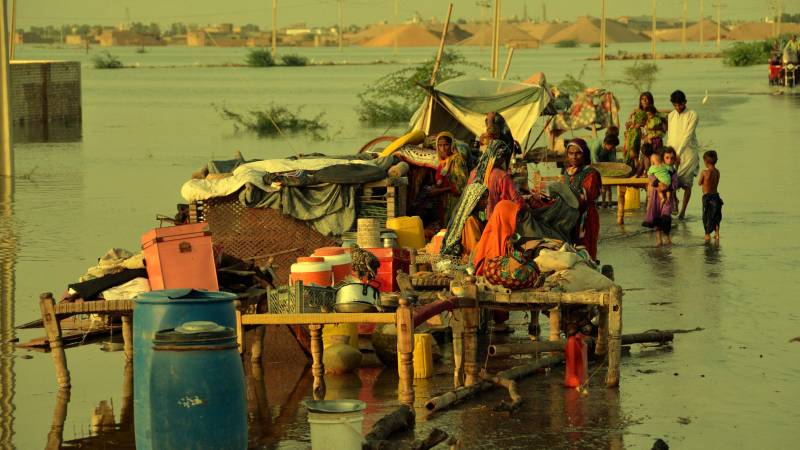
Climate justice is the fair treatment of all people in environmental laws and policies, ensuring that no group bears an undue burden of climate impacts. On the other hand, climate injustice occurs when vulnerable populations experience disproportionate negative effects from environmental degradation and climate change, such as flooding and extreme heatwaves. These catastrophes often force affected individuals to migrate, seeking better living conditions and opportunities in the developed cities of the country.
The Migration Trend
Internal migration due to climate change is becoming a growing trend. People often move to other developed cities in search of better opportunities, driven by the impacts of catastrophes in their region. This movement creates significant demographic shifts, exerting strain on resources and putting pressure on communities that are already marginalized and neglected.
Cities and regions experiencing this influx face increased pressure on housing, healthcare, education, and employment services. This rapid population growth can strain local infrastructure and public services, leading to overcrowded schools, overburdened healthcare systems, and increased competition for jobs.
Carbon Footprint And Resource Strain
Internal migration also contributes to a higher carbon footprint in developed cities. The increased population results in higher energy consumption, greater waste production, and elevated greenhouse gas emissions. Urban areas, in particular, experience a surge in demand for electricity, transportation, and consumer goods. The need for housing and infrastructure development can lead to deforestation and the loss of green spaces, further exacerbating environmental challenges.
Health, Educational, And Economic Impacts
The climate crisis significantly impacts the health, educational, and economic status of vulnerable populations, with women and children being particularly affected. In countries like Pakistan, where women normally face challenges related to health, including limited access to maternal healthcare, inadequate nutrition during pregnancy, and higher rates of infant mortality, climate change exacerbates these issues by increasing the prevalence of disease outbreaks, such as malaria and dengue fever, which disproportionately affect children under five.
Educational opportunities for children in disadvantaged communities are also hindered by climate-related disruptions. Floods, droughts, and extreme weather events can destroy schools and displace families, leading to interrupted education and higher dropout rates. Economically, these communities often rely on agriculture and natural resources for their livelihoods. Climate change-induced environmental degradation can lead to loss of income, food insecurity, and increased poverty.
Addressing Climate Justice And Migration
To address the intertwined issues of climate justice and migration, comprehensive and equitable policies are essential. Governments must prioritize the protection of vulnerable populations, ensuring effective rescue and rehabilitation processes. Moreover, there is an urgent need to promote renewable energy, enhance public transportation, and support sustainable agricultural practices.
The overwhelming internal migration of populations due to the climate crisis underscores the urgent need to address environmental issues. This is the need of the hour. By advocating for inclusive policies, supporting community resilience, and working towards a collective future, we can mitigate the negative impacts of migration and promote more equitable and sustainable living conditions for all segments of society.

